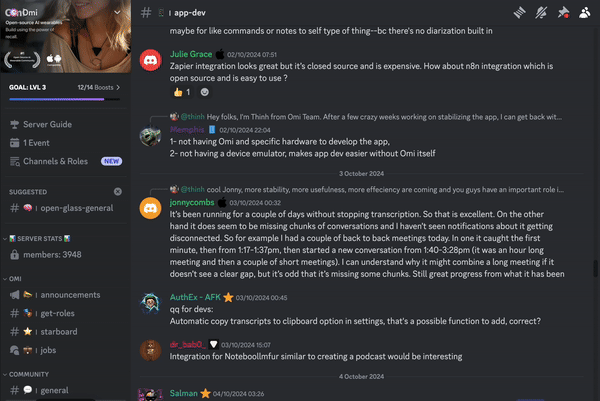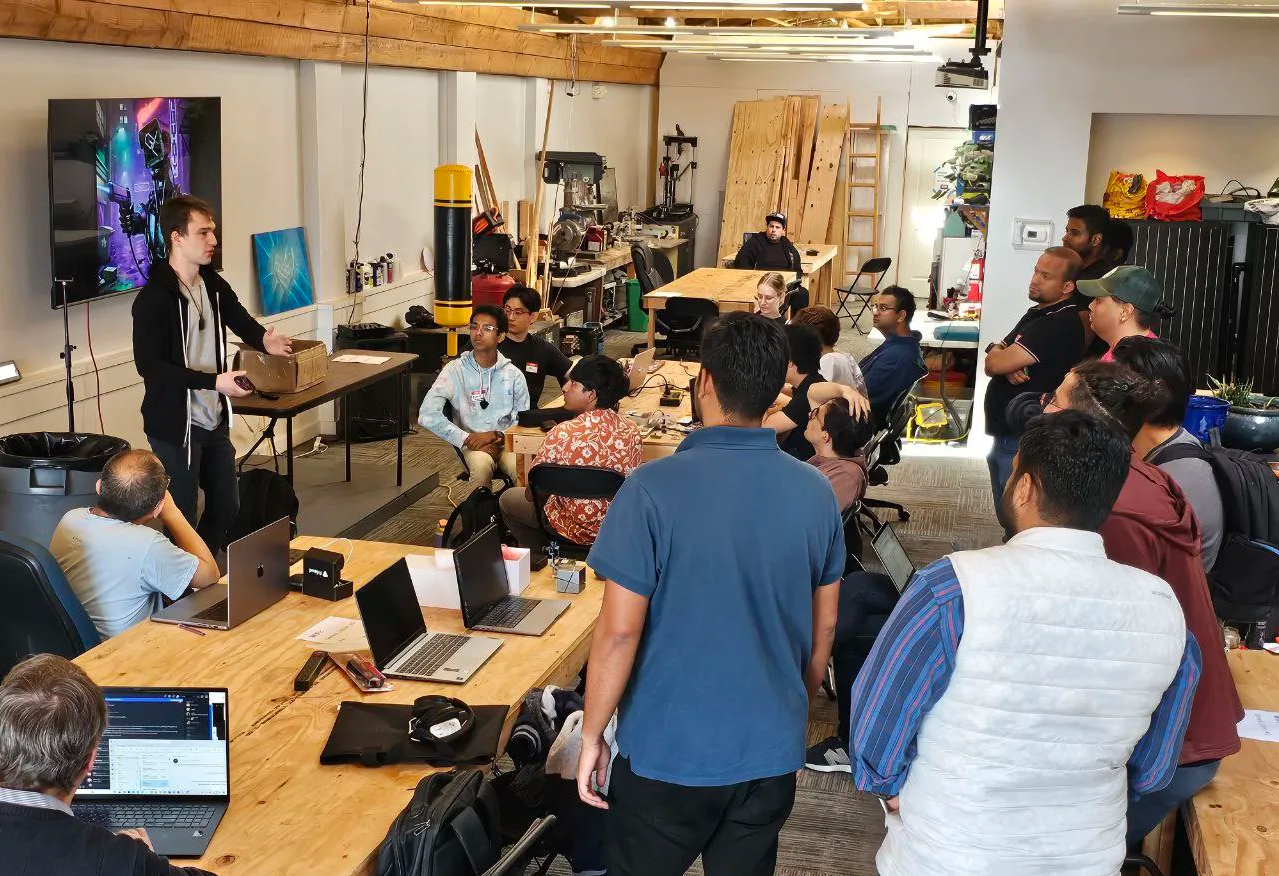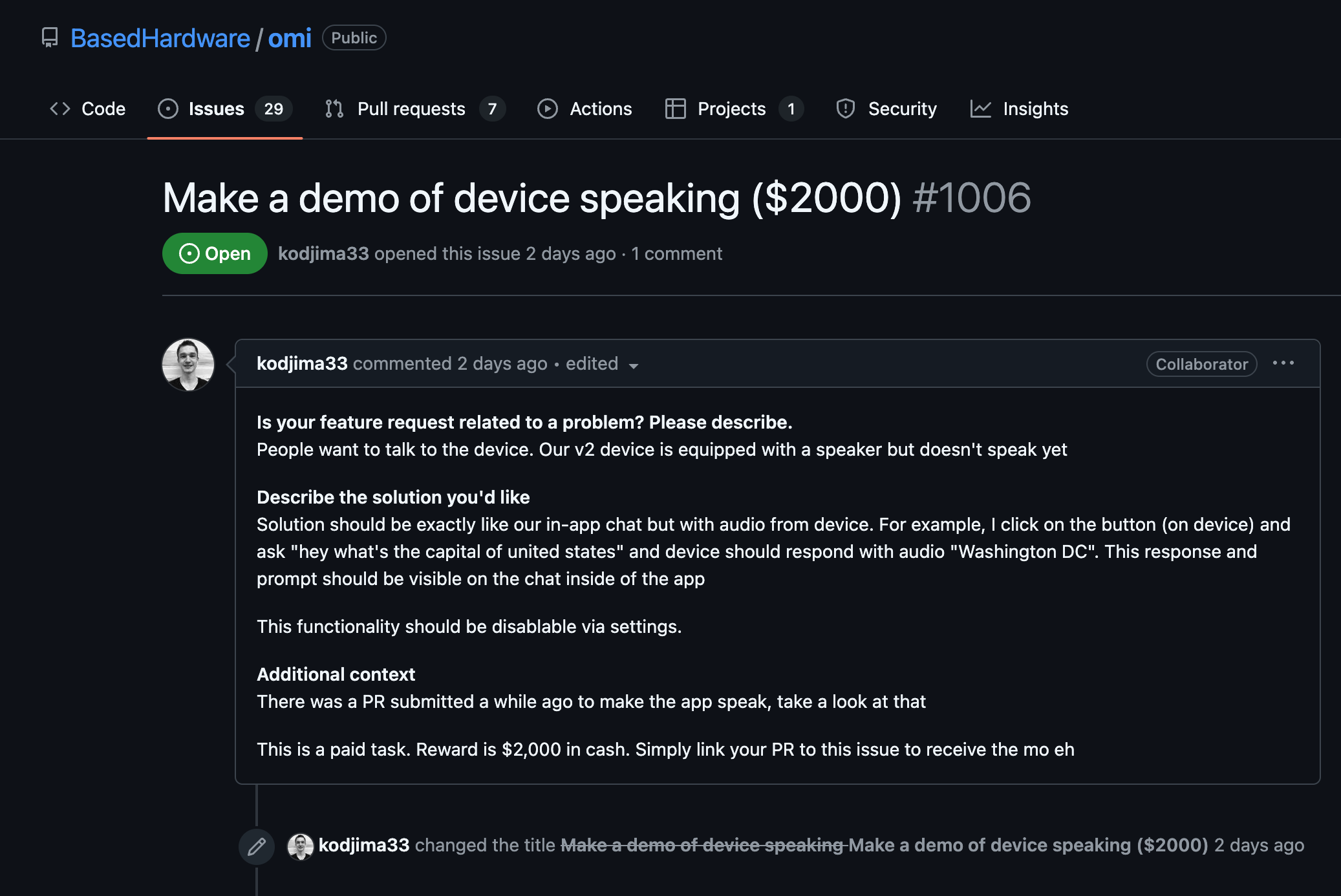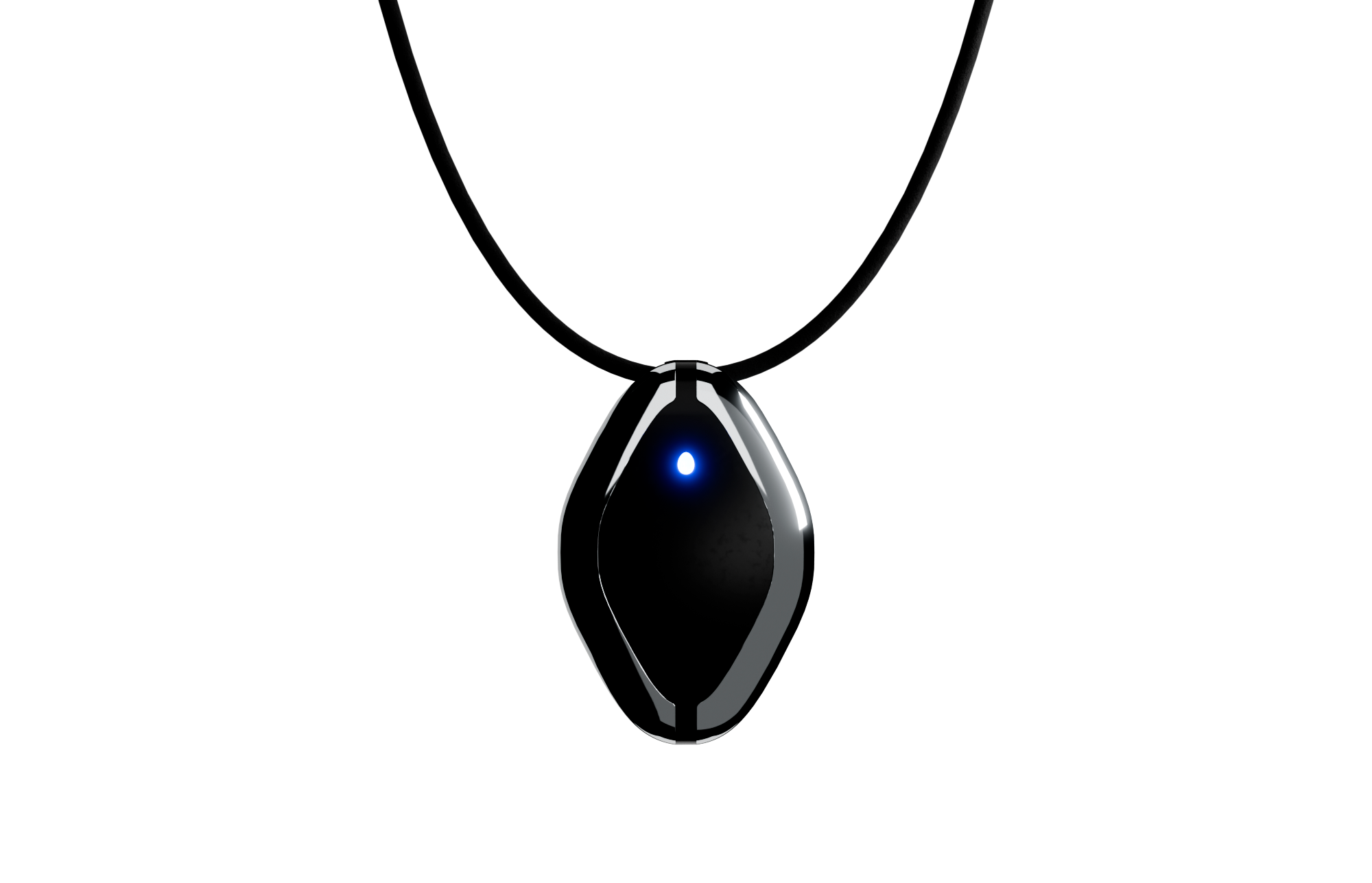Introduction to ProviderNotFoundException
The Flutter framework uses a widget tree to build the UI, and sometimes it depends on a state management system to share and manage states across various parts of the tree. The Provider package is a popular choice for such a system. When using this package, you might encounter a ProviderNotFoundException, which indicates that a specific Provider was not found in the widget tree above the widget that requested it.
Explanation of the Error
- The `ProviderNotFoundException` error is a runtime exception that indicates that a piece of data, or a "model," being sought is not accessible to the widget attempting to access it. This usually happens when a widget tries to access a provider's instance and fails because the provider is not present in the tree above that widget.
- In simpler terms, it's like trying to access a resource that has not been made available to that segment of the interface, leading to an error because there is no reference in the current widget hierarchy.
Contextual Understanding
- Each widget in Flutter is part of a greater widget tree, and the `Provider` package relies on this tree to pass data down the line to children widgets.
- If a widget attempts to access a `Provider` that's not correctly positioned in its ancestry path, the `ProviderNotFoundException` will be thrown, signaling that the required data is not accessible due to the absence of a provider at the requisite position in the widget tree.
- To better understand when and where this error may occur, consider the context of your widget hierarchy and ensure that the provider's scope bounds all widgets that require its data.
Understanding Widget Tree Placement
import 'package:flutter/material.dart';
import 'package:provider/provider.dart';
void main() => runApp(MyApp());
class MyApp extends StatelessWidget {
@override
Widget build(BuildContext context) {
return MaterialApp(
home: ChangeNotifierProvider(
create: (_) => SomeModel(),
child: HomeScreen(),
),
);
}
}
class HomeScreen extends StatelessWidget {
@override
Widget build(BuildContext context) {
return Scaffold(
appBar: AppBar(
title: Text("Home Screen"),
),
body: SomeChildWidget(), // This should have access to SomeModel
);
}
}
class SomeModel with ChangeNotifier {
String data = "Example Data";
}
class SomeChildWidget extends StatelessWidget {
@override
Widget build(BuildContext context) {
final model = Provider.of<SomeModel>(context); // Attempts to read the provider
return Text(model.data);
}
}
- In this example, `SomeChildWidget` has access to `SomeModel` because it is wrapped within a `ChangeNotifierProvider` in the widget tree, ensuring that it is above the `HomeScreen` in the hierarchy.
- If `SomeChildWidget` were moved to another part of the widget tree that isn't encompassed by `ChangeNotifierProvider`, attempting to access `SomeModel` would trigger a `ProviderNotFoundException`.
Conclusion
Understanding the scope and placement of your providers in relation to the widget tree is crucial in avoiding ProviderNotFoundException. With careful management of the widget hierarchy and the use of the Provider package, one can efficiently manage data propagation across different widgets, ensuring a smooth and error-free UI experience.

























